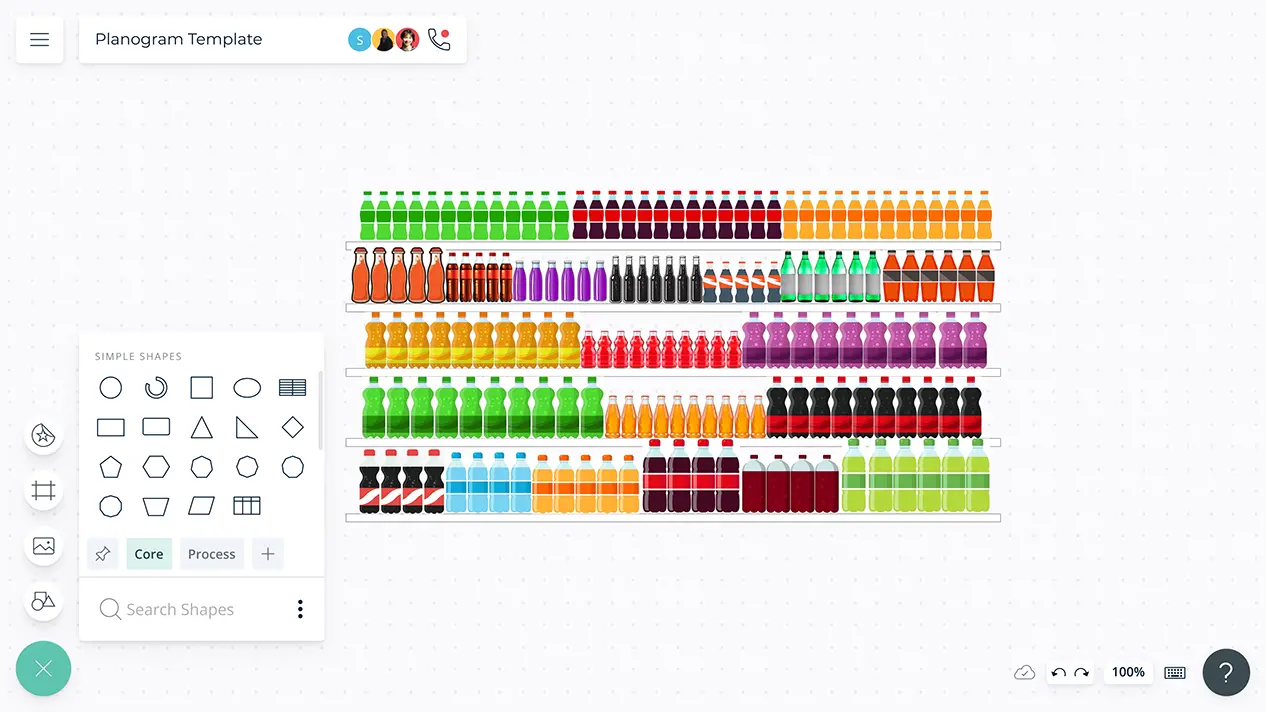Precisely how Planogram Compliance can Optimize Retail Store to build Revenue?

Retailers are petrified together with the recent decrease in the number of visits with brick-and-mortar stores. The closure of hundreds and hundreds of retail retailers from established brand names for example Payless, Radioshack, and Kmart, observed within this decade, adds to their worry. In this state of panic, CPG firms have forgotten the basics involving retail merchandising above intense efforts in order to digitize their businesses. Undeniably, an on the internet presence is necessary but forgetting store basics causes even more damage. More compared to ever, effective rendering of fundamental concepts such as Planogram Compliance is required for retail accomplishment amongst millennials in addition to Gen Z.
A new Bonafide Statement — Facts never lie! Another interesting fact, > 60% purchase decisions are produced in the point regarding sale. It shows that visibility, presentation, and also a calculated rotational program of products will be vital for encouraging sales. All of these positioning decisions are created via a planogram. A highly effective planogram creates some sort of substantial impact upon customers, driving them towards purchasing the particular product. This effects emphasizes the output from planogram compliance and loss through non-compliance.
This write-up should understand typically the planogram; its compliance, the importance of POG automation regarding retail success, plus the eventual advantages.
What is a new Planogram?

The basic definition states Planogram as an image representation of item placement within some sort of store to increase sales and lessen wasted space. This is created by simply a store manager or a person in the advertising/marketing/sales team. Earlier, planograms circulated as schematic diagrams, but recently, they can be managed electronically on electronic equipment, thanks to SaaS-based applications.
Before a planogram creation, complete shopper research must be done. CPG companies are responsible for categorizing their own products and inspecting the current industry trends. An perception into how consumers shop in that will category is critical inside creating an effective planogram. Marketing or Market Research teams needs to be keen at each minute detail. plataforma de ejecución en retail of small mishap could incur substantial loss.
To enunciate, let us take the sort of “Project Effect, ” a yr project from Walmart. The project’s principal goal was in order to increase space within superstores and boost the overall buying experience. To achieve this goal, Walmart removed 10% of SKUs, approximately fifteen, 000 SKUs, from select superstores at prime locations. Products such as Quickly pull and Jellies, which they found to get the reason behind cluttered stores, were element of this removal.
As forecasted by Walmart’s research group, the changed would affect shopper knowledge positively. The management was happy along with the change, and the project regarded a success. However , they failed in order to pay attention to the slow fall in sales. A decision that rapidly turned into a disaster. Over the following couple of years, sales rejected drastically at these superstores. By typically the time Walmart management realized their mistake, losses had racked up to $2 billion. A large loss when compared with their particular competitors, which brought “Project Impact” to be able to its end.
After investigation, they located that Walmart’s exploration team neglected the exclusive nature of these products. Of course, it was merely Jam and Jello, most shoppers emerged to these retailers for buying them. By removing these items, frustration levels associated with shoppers increased because they needed to go to other retailers only to get jelly. So, rather of traveling intended for one product, they started grocery shopping at Walmart’s competition. This shopper habits resulted in low revenue of other SKUs and an total loss for the retail store.
Moral in the history: Do proper exploration before changing planograms or creating fresh ones. While customization store/shelf space plus concentrating on shopper experience are essential, taking decisions without an in-depth analysis of product functionality should be evaded.
